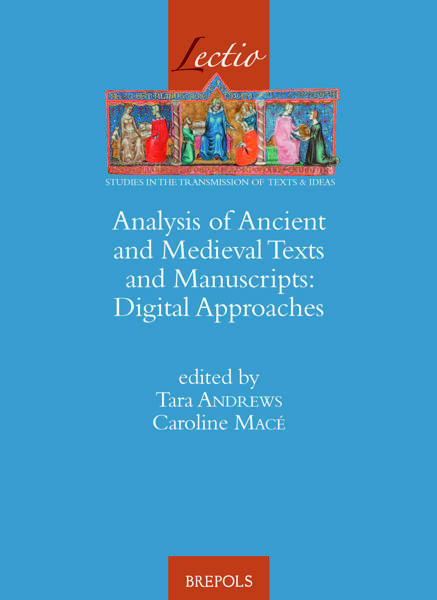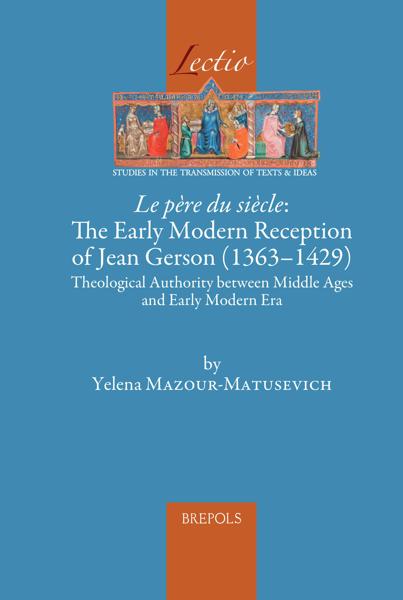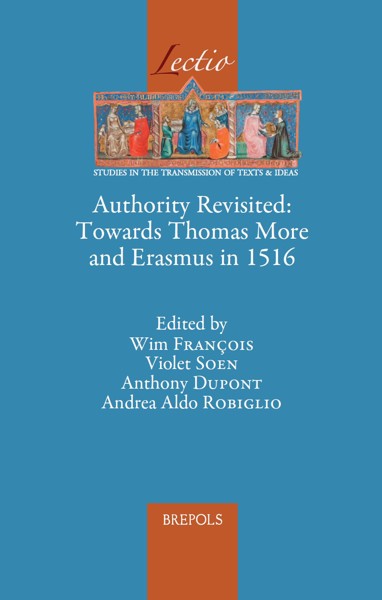
Analysis of Ancient and Medieval Texts and Manuscripts: Digital Approaches
Tara L. Andrews, Caroline Macé (eds)
- Pages: 338 p.
- Size:156 x 234 mm
- Illustrations:27 b/w, 51 col., 26 tables b/w.
- Language(s):English
- Publication Year:2015
- € 115,00 EXCL. VAT RETAIL PRICE
- ISBN: 978-2-503-55268-2
- Hardback
- Available
- € 115,00 EXCL. VAT RETAIL PRICE
- ISBN: 978-2-503-57156-0
- E-book
- Available
Computational methods for our pre-modern textual heritage.
“Overall, the strength of this volume is in its diversity both in terms of range but also the depth that is managed in a series of articles limited by word count; it represents a significant contribution to the field.” (Simon Mahony, in Variants, 14, 2019)
Tara Andrews is Assistant Professor of Digital Humanities at the University of Bern, specializing in medieval Near Eastern history and the computational modeling of medieval text transmission.
Caroline Macé has published critical editions of different ancient and medieval Greek texts and several articles on textual criticism.
How has the digital turn truly changed the nature of our research, particularly in the field of medieval scholarship where our collections are almost never large enough to justify the term 'big data'? All kind of new avenues of research are emerging, thanks to the creativity of scholars and to their interest in what digital means can offer. This collection of articles aims to give an up-to-date overview of the use of computer-assisted methods in several fields of scholarship dealing with ancient and medieval texts and manuscripts (from codicology and palaeography to textual criticism and literary or historical studies), across the boundaries of language and period. In moving away from theoretical debates about what the field of digital humanities is or should be, we present here a clearer picture of what textual scholars can achieve when they use computers for their research needs and purposes, and what their expectations may be in terms of the technology and developments in computational methodology.
Section 1: Stemmatology
The Possibilities and Challenges of Computer-assisted Stemmatology. The Example of Vita et miracula s. Symeonis Treverensis (Tuomas Heikkilä)
Petrus Alfonsi, or: On the Mutual Benefit of Traditional and Computerised Stemmatology (Philipp Roelli)
Genealogical Variant Locations and Simplified Stemma: A Test Case (Jean-Baptiste Camps & Florian Cafiero)
The Problems of the Transmission of Avestan Texts and the Tools for Avestan Text Criticism (TATEC) (Alberto Cantera)
Section 2: Statistics and Stylistics
Simulation of Scribal Letter Substitution (Armin Hoenen)
Authors, Scribes, and Scholars. Detecting Scribal Variation and Editorial Intervention via Authorship Attribution Methods (Karina Van Dalen-Oskam)
Generic Constants and Chronological Variations in Statistical Linguistics on Latin Epistolography (Francesco Stella)
Section 3: Intertextuality
Intertextual Research with Digital Variants in Musisque Deoque: A Case Study (Linda Spinazzè)
A Database of the Apophthegmata Patrum (Samuel Rubenson)
Sharing Ancient Wisdoms across the Semantic Web Using TEI and Ontologies (Charlotte Tupman & Anna Jordanous)
Toward the Digital History of the Pre-Modern Muslim World: Developing Text-Mining Techniques for the Study of Arabic Biographical Collections (Maxim Romanov)
Section 4: Script Analysis
Palaeography, Computer-aided Palaeography and Digital Palaeography: Digital Tools Applied to the Study of Visigothic Script (Ainoa Castro Correa)
Implementing a Database for the Analysis of Ancient Inscriptions: New Developments in the Hesperia Electronic Corpus of Palaeohispanic Inscriptions (Eugenio R. Luján & Eduardo Orduña)
Section 5: Codicology
Ink Identification to Accompany Digitization of Manuscripts (Ira Rabin)
Going Online Is Not Enough! Electronic Descriptions of Ancient Manuscripts, and the Needs of Manuscript Studies (Patrick Andrist)
By Way of Conclusion: Truly Scholarly, Digital, and Innovative Editions? (Joris J. Van Zundert)




